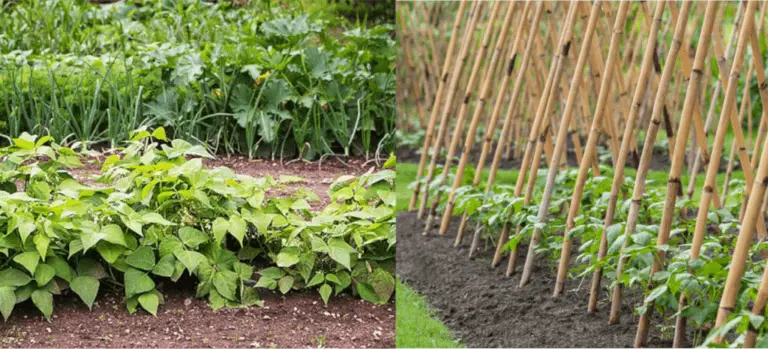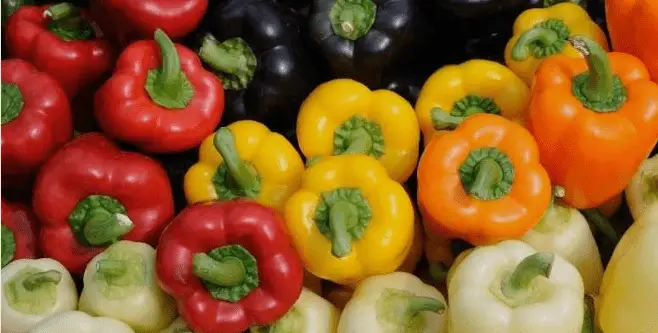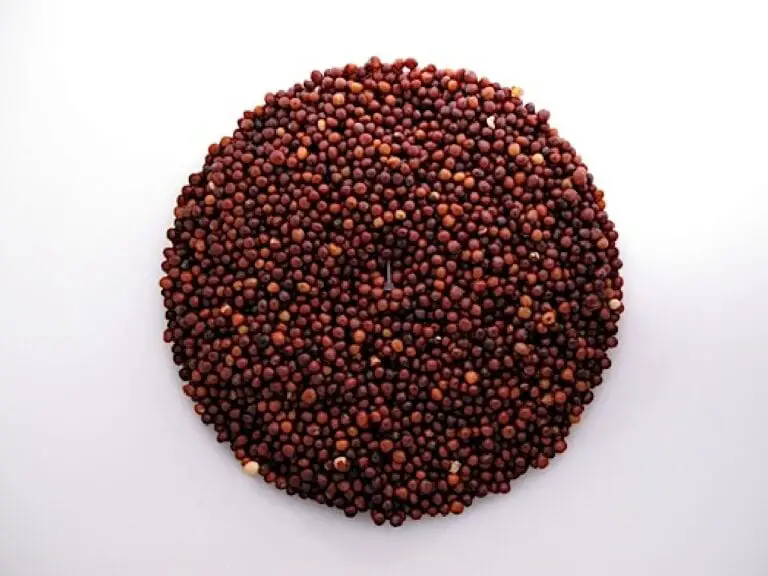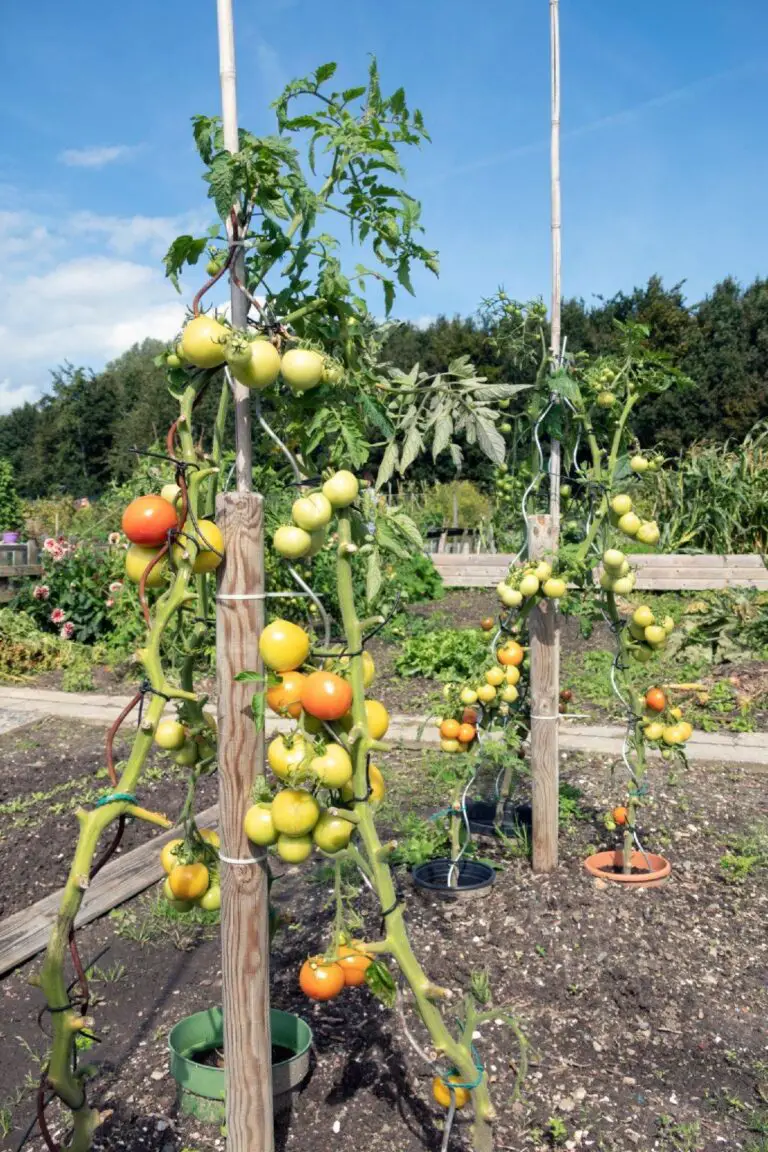A Guide to Drying and Preserving Gourds Without Rotting
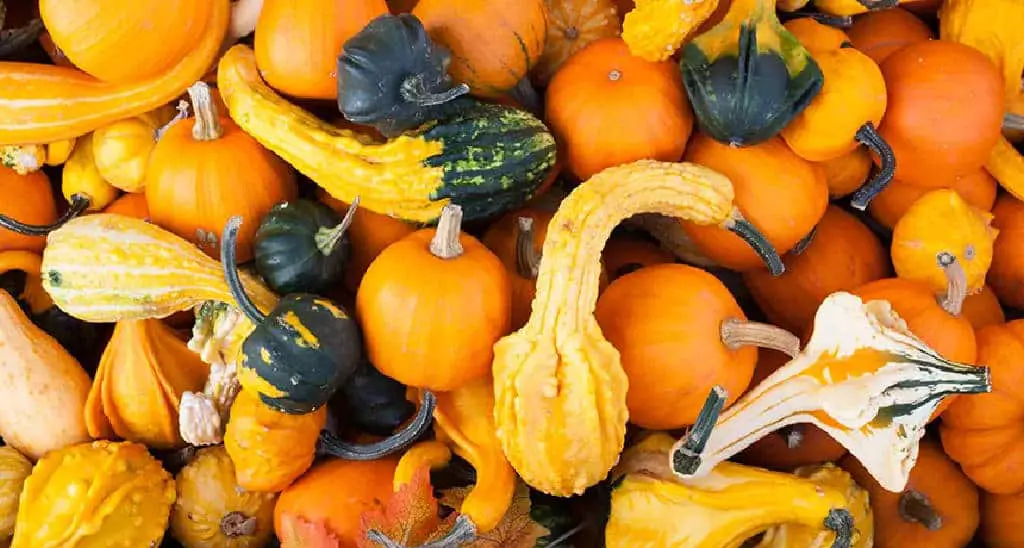
Gourds, with their whimsical shapes and vibrant hues, have been a symbol of abundance and creativity for centuries. Are you a seasoned gardener? Do you want to extend the life of your harvest? Or are you a craft enthusiast? Do you want to turn these versatile fruits into stunning decor pieces? If so, you need to master the art of drying and preserving gourds.
However, the journey from fresh gourds to perfectly preserved gourds has many challenges. The main one is the threat of rot. We delve into the fascinating world of gourd preservation. The techniques will help you navigate this delicate process with ease and finesse.
Get ready to unlock the secrets. They transform gourds into timeless treasures. They endure without decaying.
Tips on Choosing the Right Types for Drying
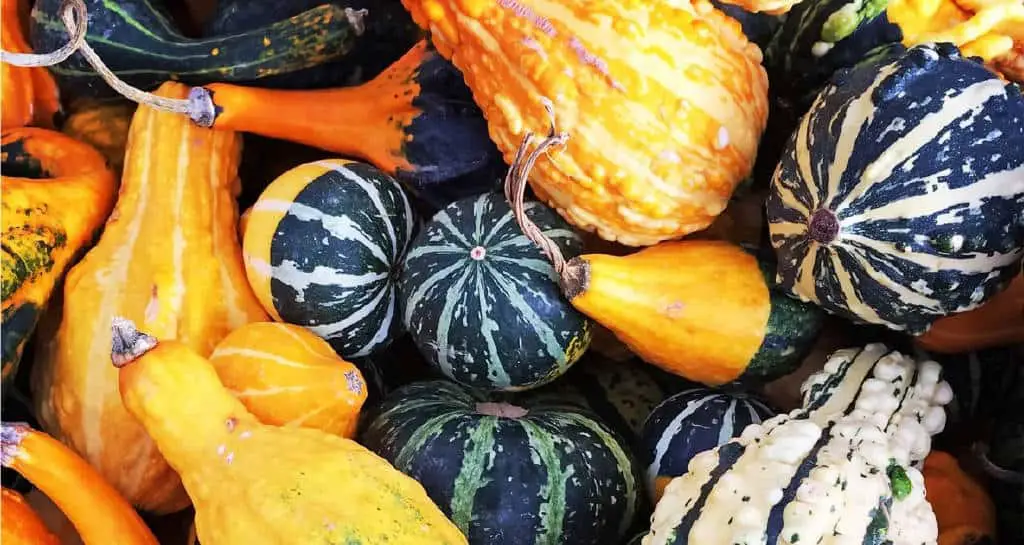
When it comes to selecting gourds for drying and preserving, not all varieties are created equal. Look for gourds with thick, sturdy skins that are free of blemishes or soft spots. Hardshell gourds, like bottle-shaped Lagenaria species, and ornamental varieties, such as miniature pumpkins and birdhouse gourds, are ideal for preservation. These types tend to dry well without rotting and can last for years if properly maintained.
Harvesting your gourds at the right time is crucial for successful preservation. The best time to harvest gourds depends on their type. But, a good rule is to wait until the vine dries and turns brown before picking them. This signals that the gourd has reached maturity and will have a better chance of drying evenly without mold or decay setting in. Choose the right types of gourds and harvest them at their peak. This sets you up for a successful drying and preserving process. It yields beautiful results for your craft projects.
What Kind of Gourds Can You Dry?
Several types of gourds are suitable for drying, and each has its unique characteristics and uses. Here are some common types of gourds that can be dried:
- Bottle Gourds: These gourds, shaped like a bottle, are commonly dried and used as containers or utensils. They have a hard, durable shell that makes them ideal for storing liquids or food.
- Luffa Gourds: Luffa gourds are often grown for their fibrous interior, which can be dried and used as a natural sponge. They are also edible when young but are typically left to mature for use as a sponge.
- Kettle Gourds: Kettle gourds are large, round gourds that can be dried and used for decorative purposes. They are often carved or painted to create unique artworks or ornaments.
- Birdhouse Gourds: These gourds are named for their use as birdhouses. They can be dried and hollowed out to create a natural shelter for birds in the garden.
- Miniature Gourds: These small gourds come in various shapes and sizes and are often dried and used for crafts or decorations. They can be painted, carved, or used in floral arrangements.
- Ornamental Gourds: There are many ornamental varieties of gourds that are grown for their unique shapes, sizes, and colors. You can dry these gourds and use them for decorative purposes, such as making jewelry or ornaments.
Why Do Gourds Not Rot?
Gourds and pumpkins can rot due to the dirt and mold they accumulate in the fields where they grow. To prevent rotting and preserve them, remove this dirt and mold. One method to achieve this is by cleaning the gourds thoroughly. Start by wiping off any visible dirt using a cloth or brush. Then, wash the gourds with warm, soapy water to remove any remaining dirt and mold. Rinse them well and allow them to dry completely.
Another method is to sanitize the gourds using a bleach solution. Mix one part bleach with nine parts water, and immerse the gourds in this solution for a few minutes. Remove them and allow them to air dry. This process helps kill any remaining mold or bacteria on the gourds, further preventing rotting.
You need to store gourds in a cool, dry place to help prevent rot. Avoid storing them in areas with high humidity, as this can promote mold growth. Regularly check the gourds for any signs of decay and remove any affected ones promptly to prevent the spread of rot.
| Check out: Guide to Growing Gourds in Pots or Containers |
Effective Gourds Drying Methods
When it comes to drying gourds, home gardeners and craft enthusiasts have a variety of methods at their disposal. Air-drying is the most traditional approach. It allows for a slow, natural process. This can take weeks to months. The time depends on the size and thickness of the gourd. While this method requires patience, it often results in perfectly dried gourds with minimal effort.
On the flip side, oven-drying offers a quicker alternative for those seeking expedited results. By carefully monitoring temperature and ventilation, gourds can be dried in hours, not weeks. However, this method demands close attention to prevent overheating or scorching.
Individuals want precise control over drying. Dehydrators offer a modern solution. They streamline the preservation of gourds. Dehydrators have adjustable settings and steady airflow. They offer an efficient way to dry many gourds at once. They also protect against humidity and pests.
Though it needs an investment in equipment, using dehydrators is good. They help those aiming to preserve batches of gourds. Gourd preservation becomes more reliable and less reliant on weather or external factors.
| Read more: How Long Do Gourds Last after Picking? |
Preservation Techniques of Dried Gourds
To extend the lifespan and improve the look of dried gourds, seal them with wax or varnish. This is a timeless way to preserve them. By waxing it, you shield the gourd from harm and add a subtle shine. Imagine your carefully dried gourd gleaming under soft light, its colors enriched and protected for years to come.
This method adds visual charm. It also makes the gourd strong. It ensures the gourd lasts and resists decay and moisture.
Also, choosing varnish for preservation reveals many possibilities. They go beyond mere protection. Varnish is versatile. You can use it to customize dried gourds with different finishes. These include matte, glossy, or textured. They let you tailor the gourds to your artistic vision.
Trying different varnishes lets you be creative. Imagine turning a plain, dried gourd into art. It could reflect your style and personality. Embrace these preservation techniques. They are not just for maintenance. They are paths to elevating your gourd creations into lasting pieces. They will captivate both eyes and hearts.
Conclusion
As we finish this guide to drying and preserving gourds without rotting, we must recall the key techniques for success. Each step is crucial. It starts with picking healthy gourds at the right maturity. Then, you must use proper cleaning and drying methods.
Adequate ventilation is very important. It helps prevent mold and promotes even drying. By following these practices, you are not only making your gourds last longer. You are also making them more useful for creative projects.
Moreover, beyond the technical aspects of preservation,. There are endless opportunities for innovation and art with dried gourds. Using natural materials like gourds in crafting and decorating adds a unique touch to your living space. It also fosters a deeper connection with nature.
You can transform them into birdhouses, containers, or decorations for seasonal displays. Dried gourds can become versatile parts of your creative toolkit. Let your imagination take flight. You are on a journey to preserve and use one of nature’s most versatile gifts. It’s the humble yet remarkable gourd.


